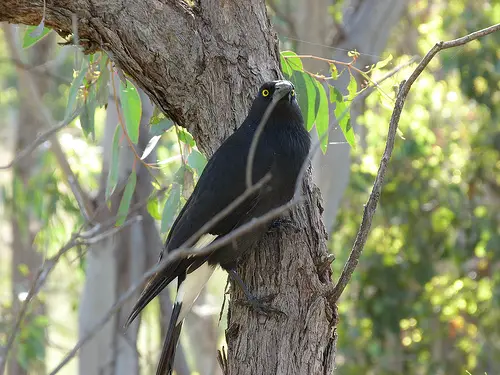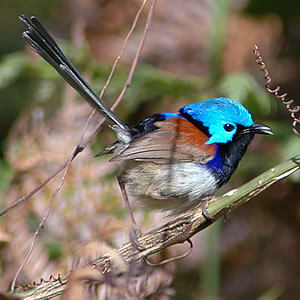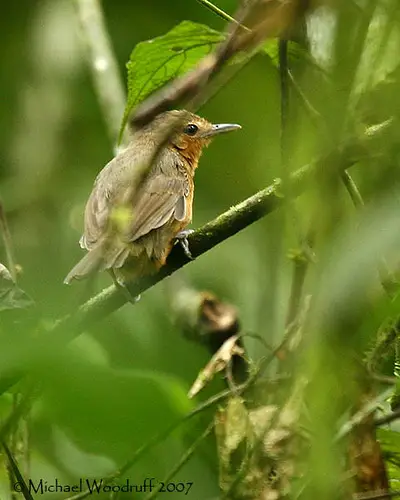Black Currawong
Also known as the Black Jay, the Black Currawong is a large passerine bird that is native to the Australian island state of Tasmania. It is closely related to the Australian Magpie and to butcherbirds. There are 3 sub-species of Black Currawongs, and one of these which is found on King Island is categorised as being vulnerable to extinction.
The Black Currawong is about 50 cm long. However, it does have a wingspan of 80 cm. Males are both heavier and larger than females, with males weighing about 405 grams and females weighing about 340 grams. Both male and female plumages are quite similar and crow like. It is all black except for some white patches found at the tail and wing tips. Its legs and bill are black, and its eyes are bright yellow.
They live in alpine heathland and densely forested areas. They are rarely found at altitudes below 200 metres (700 feet). They are usually found in high altitudes except during the cooler months. Their diet is omnivorous, as they eat small vertebrates, invertebrates, and berries.
The call of the Black Currawong is quite loud and vocal. They will make a variety of calls such as ‘kar’ or ‘wheek’ sounds. They can be quite noisy when they are flying in flocks. However, they are very silent when they are stealing food or seeking prey. Around dawn and dusk, Researchers have noticed that they seem to call out more. They are also more vocal before storms or rains. When summoning their young, Black Currawong parents will make a whistling noise.
They will breed during August to December. Their nest is large and cup-sized. It is lined from softer material and sticks. These nests are usually found at the fork of a tree between 3 to 20 metres high. Their nests are sometimes re-used or tidied up in years to come.
A clutch will consists of 2 to 4 eggs. These eggs are either red-brown, purplish-brown, spotted, purplish-buff, or a pale grey-brown in colour. All chicks are born naked and blind so they will remain in the nest for a longer period of time. Both parents will feed their chicks, but males will feed them alone after leaving the nest and as they become more independent. They will also provide food for them directly by putting it on the ground near by so they can learn to eat by themselves.





